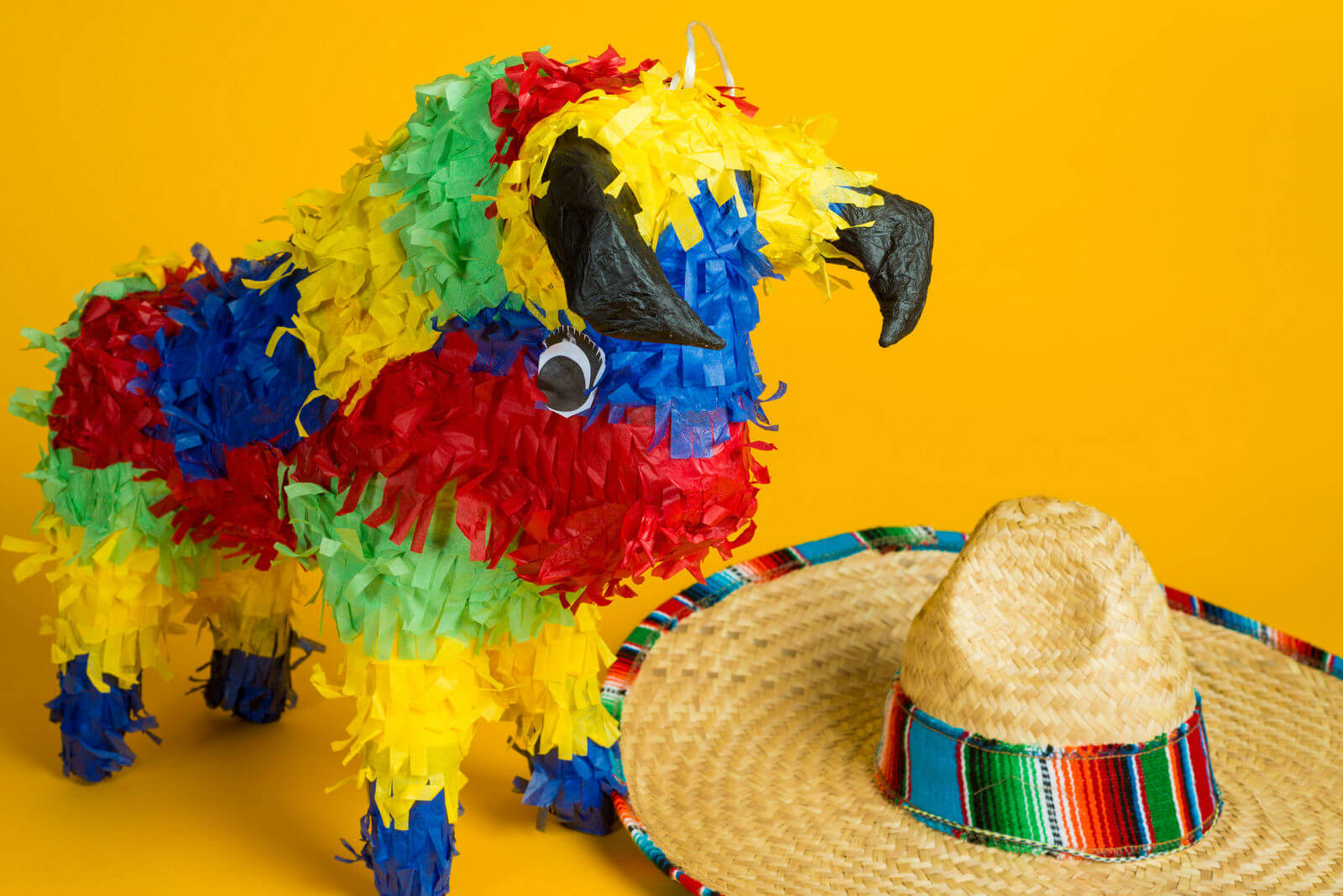
Piñatas have a rich history in México and are typically considered by “gringos” as fixtures of Cinco de Mayo and Mexican-themed birthday parties. You know the parties…where blindfolded kids swing a stick or a bat at a hanging piñata while the drunk uncle pulls the rope?! Everyone has that “Tio CrayCray” who makes the piñata wildly swing up-and-down, making the kids swing and miss as the crowd laughs and spills their boozy treats.
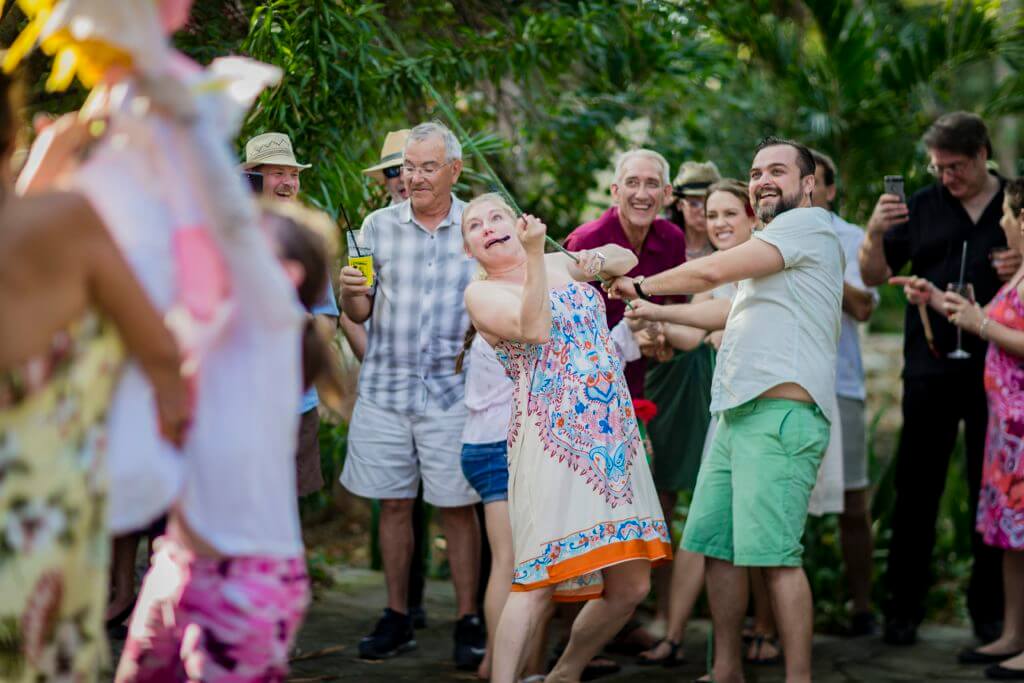
I fully support this kind of party and drunk uncles, but there’s a lot more that goes into the history and artistry of piñatas than that.
Here are 5 things that I’ve learned and love about piñatas while traveling through México in search of the artists behind these works of art:
1. Piñatas were not born in Mexico-“No nacieron en México!”
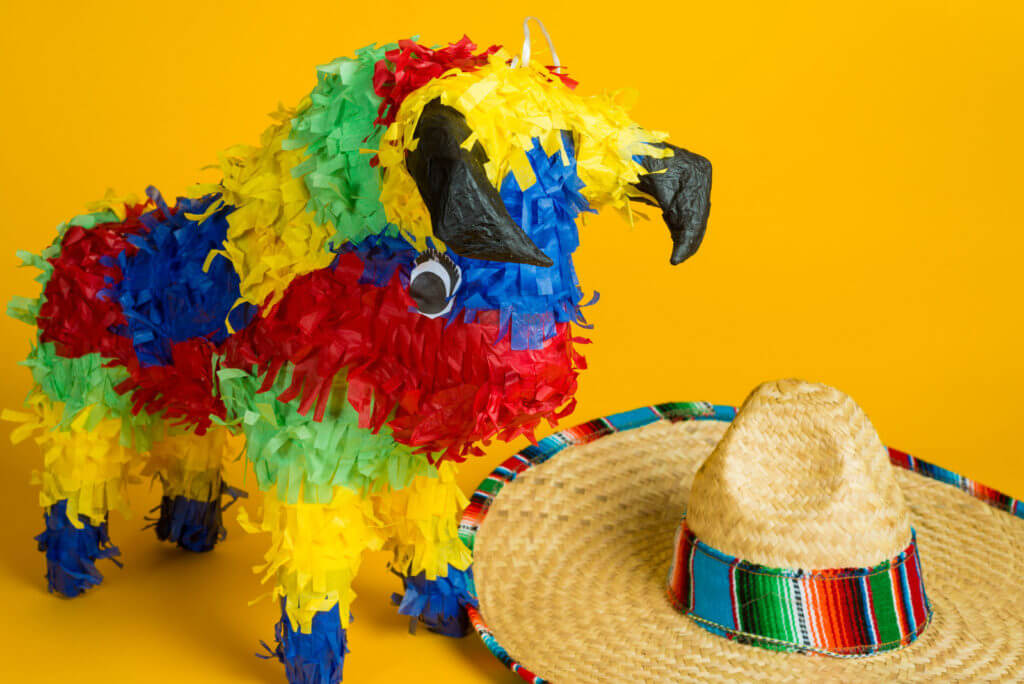
Piñatas were originally created out of paper-mâché, pottery or cloth in China for the New Year. They were shaped like bulls or ox, decorated with colors representing the 4 seasons and filled with seeds. Then farmers would whack the crap out of said colorful container on NYE, busting the seeds all over for favorable growing seasons in the New Year.
The remnants of the battered piñatas were gathered and burned and the ashes were collected and kept for good luck throughout the year.
2. Marco Polo introduced piñatas to Italy – “¿Mande?”
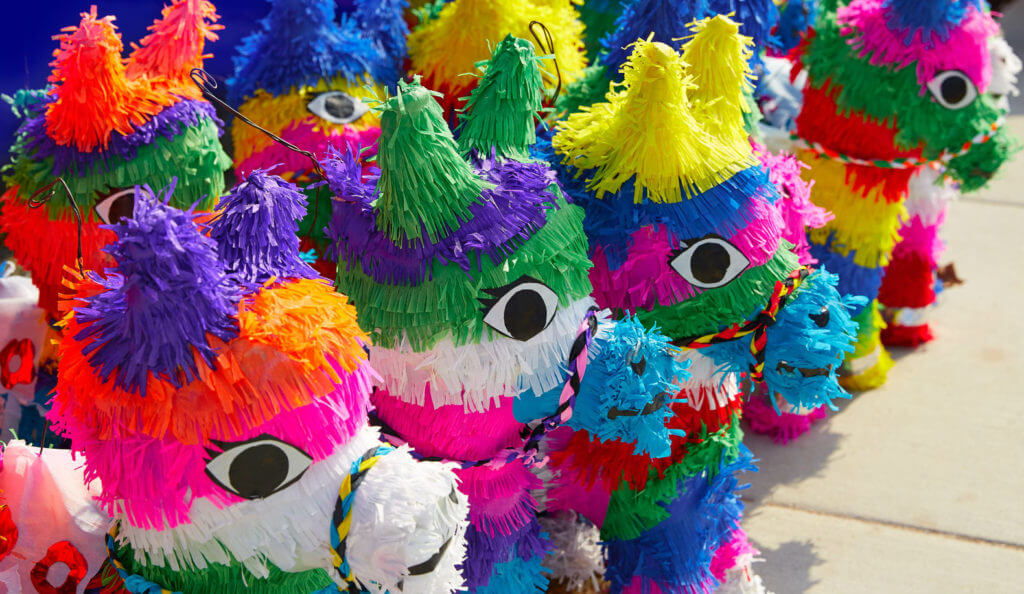
It is believed that when Marco Polo (yes, THE Marco Polo) visited China in the 13th century, he saw the colorful clay pots wrapped in paper with figures of Chinese bulls and other animals filled with seeds and liked the idea of it all. Our hombre, Marco then brought these containers of seeds and goodness to Italy, where they were named ‘pignattas’ or “cooking pots”.
The Spaniards (being big ol’ copy cats) took the tradition for themselves in a religious capacity by adding piñatas as a new Christian tradition during the season of Lent. Then they crossed the big blue sea to Mexico where they forced a whole array of traditions like piñatas upon the indigenous folks.
?? Shop the TexMex Fun Stuff online storefront on Amazon! ??
In Central Mexico where the Aztecs lived and had a strangely similar piñata situation of their own, piñata-making really took hold as an art and a way to making a creative living. Pueblo Acolman is a town in the northern part of Mexico State that claims to be the origin or the “cradle” of piñatas as they have been a tradition there for over 420 years.
Both kinds of piñatas, those made with clay pots and those made entirely of paper are still made there. The pueblo of Acolman also claims to be the origin of the Las Posadas tradition in Mexico…we’ll get to that another time.
3. The Traditional Mexican Piñata Represents the “Struggle with Temptation” = “Ayayay Pecados!”
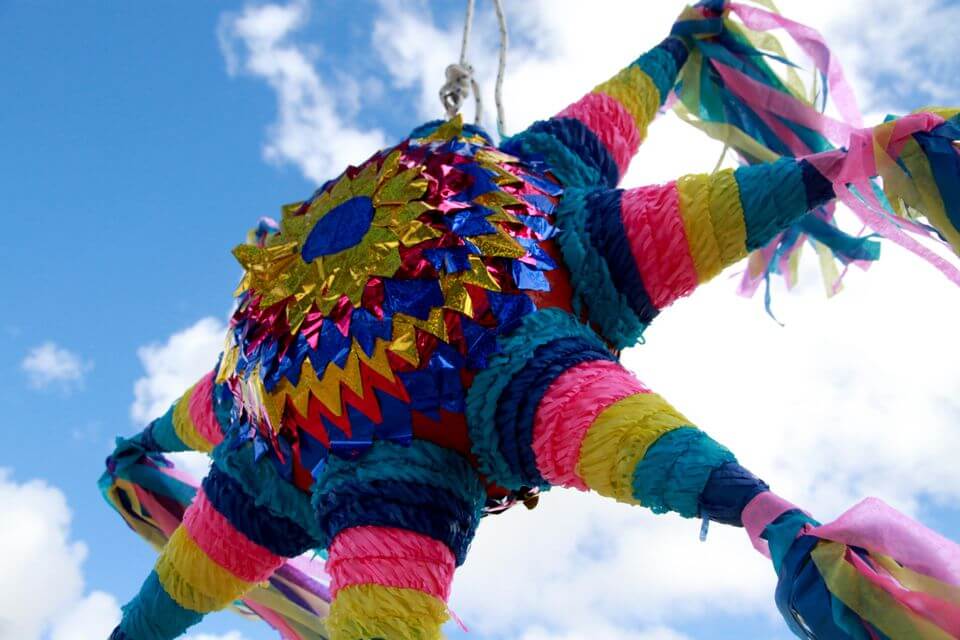
So one of the changes the Spanish made to incorporate piñatas into their season of Lent was to shape them like stars instead of livestock. Stars represent many things in the bible, but the Spanish specifically made their star piñatas with seven points to represent the 7 Deadly Sins.
The severe beating of one of these star shaped thingydoodles is the literal “Struggle with Temptation”. Or as I like to call it, a typical Saturday night. The blindfolded participant who attempts to beat the piñata represents “Faith” (because faith is blind). The piñata represents Evil or “Satan” who wears beautiful, bright colors to lure unsuspecting (and otherwise non-sinners) to touch said temptations.
If the God-fearing people touch the piñata, then they have fallen into temptation. It’s that easy – just ask Eve or my Mom. My Mom is a minister. Different blog post entirely.
In Mexico, traditional seven point piñatas are typically beaten to oblivion night after night (a new one each night, of course) during the 9 day period leading up to Christmas, which is better known as Las Posadas. Don’t worry, they get beaten after Christmas too. And especially on New Years Eve. In fact, all the way up to January 6th for Three Kings Day (aka Epiphany). Again, a whole other post…One my mom will let me tell!
4. Millennials and Hipsters Have Fallen in Love with Piñatas! “Si, claro!”
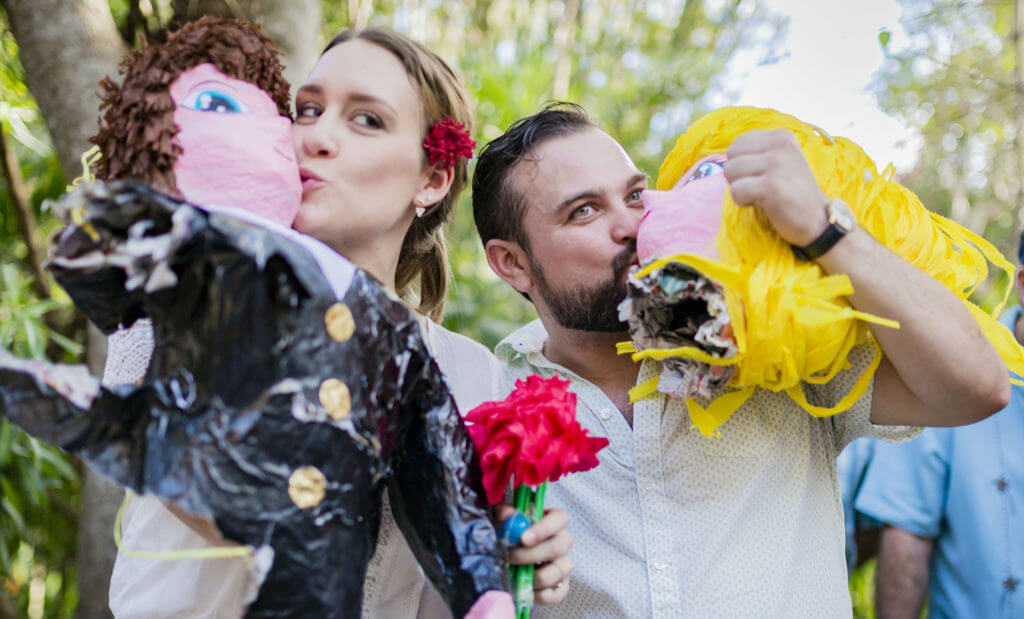
In the past 3 years, piñatas have officially gone main-stream with millennials all over the world at weddings, baby showers, cantina crawls, birthdays and bachelorette parties. God bless the youngsters.
Now that piñatas don’t have to represent farmers’ wishes for good crops or Christians’ wishes to battle their demons, we can have a lot more fun with them. Hence the new variety of piñata shapes and occasions to fill, beat, enjoy, repeat. How many politicians, Marvel comics and Disney characters as piñatas have you seen on Amazon lately…#amIright?!
Take this hipster-ific couple in Merida, Yucatan, Mexico (above) who had piñatas crafted to resemble each other for their rehearsal dinner. The highlight of the evening for us friends and family was watching them beat the shit out of each other’s piñata. Then the ring bearer and flower girls attacked the candy and everyone won! Because that’s love. “Eso el amor!” We cheered on the destruction and forgot the entire point of the wedding.
5. Mexican Piñatas are Still Handmade – “Probablemente no en China…”
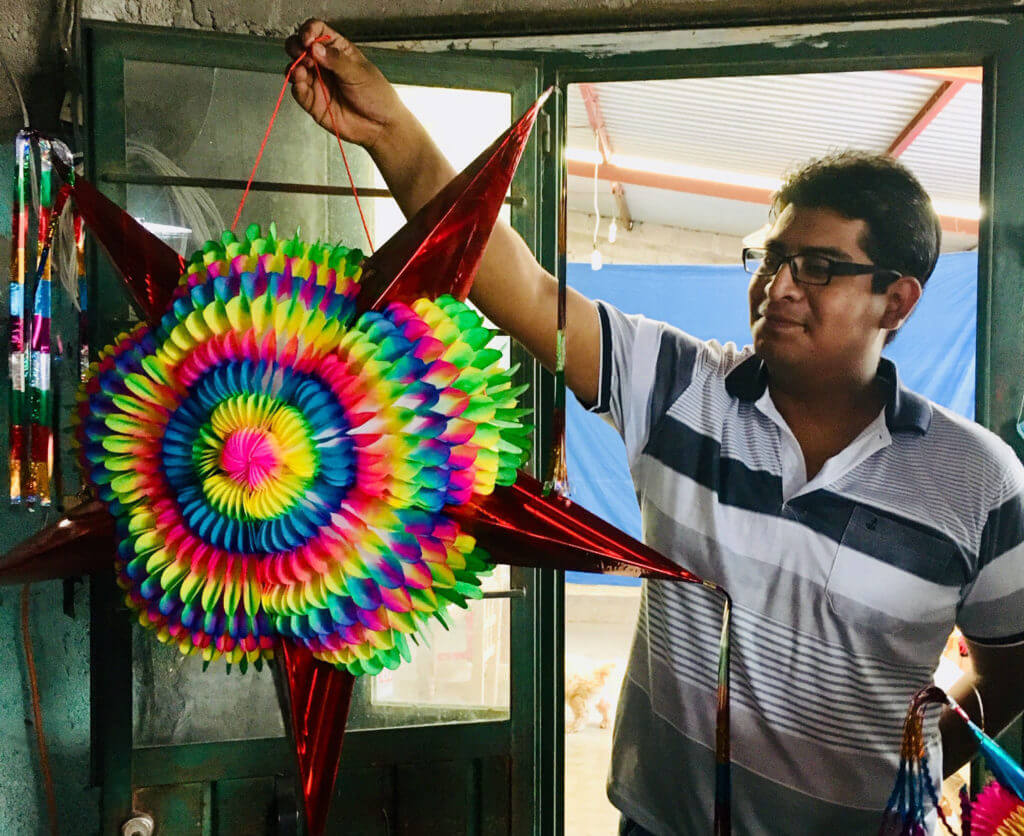
Tassels aren’t just for strippers. You heard it here first.
Whether a piñata is made from the early traditional paper mâché variety or from tissue paper, cardboard and tassels, they are never machine-made. Piñata making is an art form in México where entire villages are trained to craft all kinds of shapes, sizes and styles to meet every celebratory need.
Mad at Trump? Someone can make you a Trump piñata! Divorce party? An ex-spouse look-alike can be made by hand! Usually though, they are shaped like animals for kids’ birthday parties or the 7 pointed stars to cover the whole holiday season. Either way, they are made BY HAND by real artistic humans who take this art very seriously…so don’t piss them off. Just kidding. But seriously, don’t.
Experience México everyday with this handmade, super tassel-y star piñata!
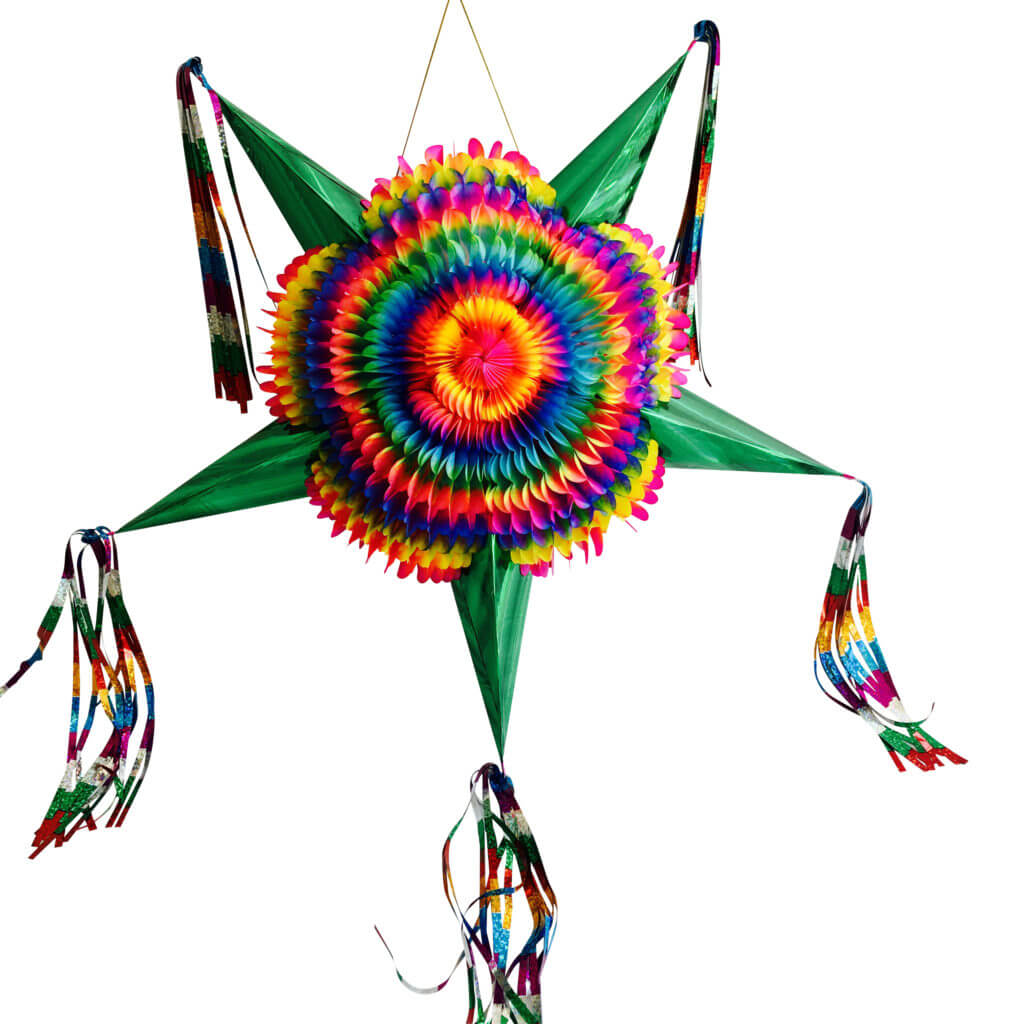
TexMex Fun Stuff™ Star Piñata ranked in ‘The Best 10 Piñatas’ by our amigos at Wiki.ezvid.com
Are you throwing a Mexican fiesta? Don’t miss out on our collection of papel picado. Coco inspired, Lucha Libre and Day of the Dead papel picado banners are big strands of fun!!
Shop the TexMex Fun Stuff Papel Picado Collection
Are you looking for more inspiration from México? Check out the TexMex Fun Stuff Blog for more sights, sounds and badass-ness uncovered while exploring México searching for handmade fun stuff for you!
Related Posts
5 Fun Historical Stories About Piñatas
My Lucha Libre Experience – Laughing, Crying and Screaming
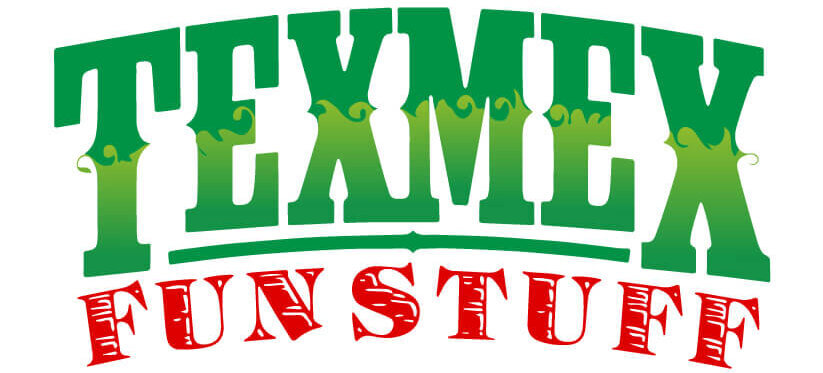
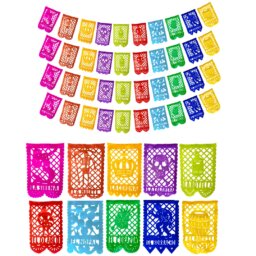
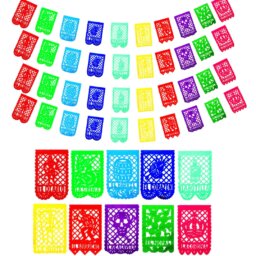
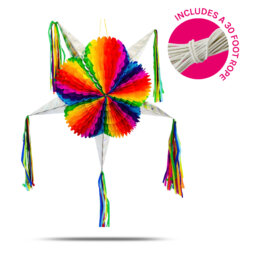
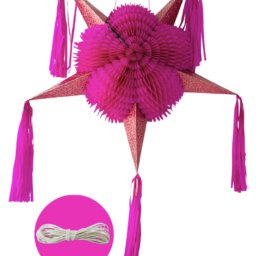
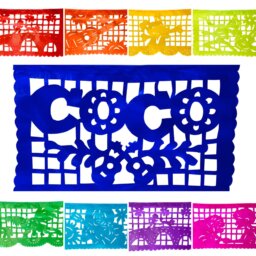
I enjoy the report
Gracias and thanks!
I spent a great deal of time to locate something such as this
Hola and hello! Do you mean the information or the piñatas? Hopefully you found both here!
I enjoy the article
Gracias and thanks!!